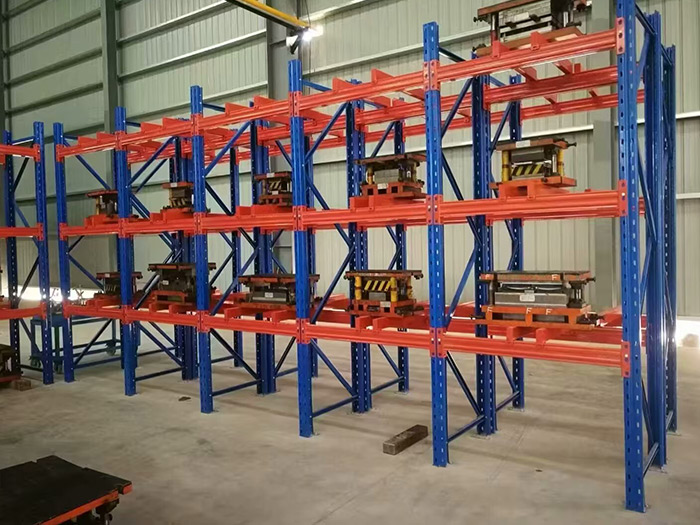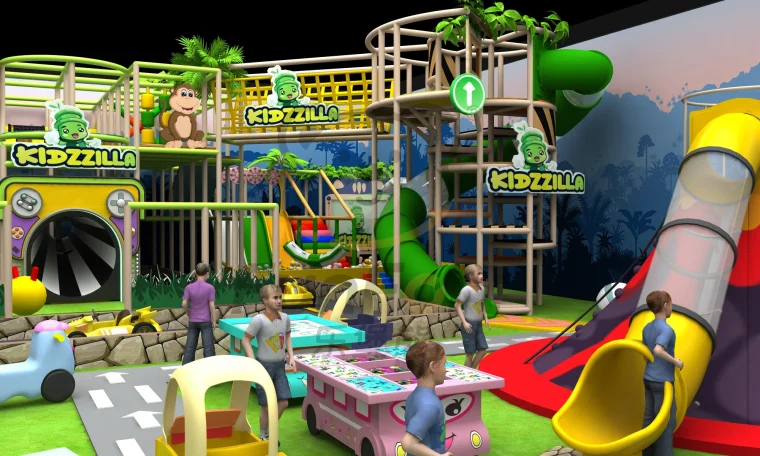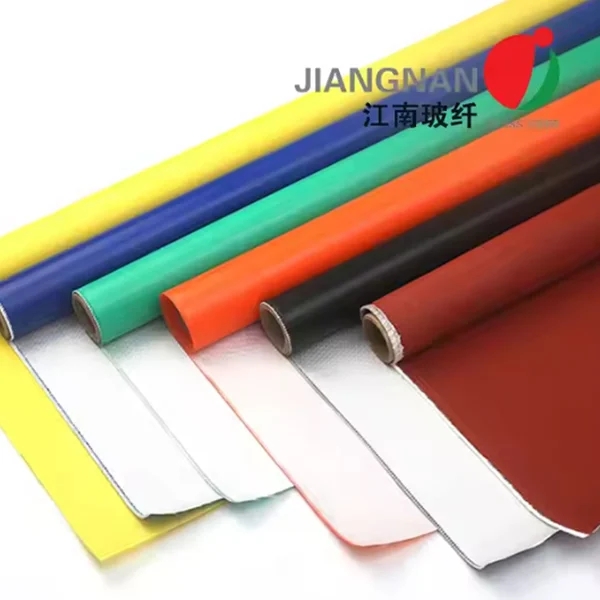Render vs. Clad: A Comprehensive Cost Analysis for Modern Construction
3 min readIn the realm of modern construction and architectural design, the choice between rendering and cladding is a pivotal decision that can significantly impact both aesthetics and budget. As property owners and builders seek to optimize their investments, understanding the financial implications of these two popular exterior finishing methods becomes essential. This article delves into the nuances of rendering and cladding, exploring their costs, benefits, and long-term implications to answer the pressing question: Is it cheaper to render or clad?
Understanding Rendering and Cladding
Rendering refers to the application of a mixture of cement, sand, and water (often with additives) onto the exterior walls of a building. This technique not only provides a smooth finish but also serves as a protective barrier against weather elements. Render can be applied in various textures and colors, offering versatility in design.
Cladding, on the other hand, involves attaching a layer of material (such as wood, metal, vinyl, or stone) to the exterior of a building. Cladding serves both aesthetic and functional purposes, providing insulation, weather resistance, and an additional layer of protection against the elements.
Cost Analysis: Rendering vs. Cladding
When evaluating whether rendering or cladding is the more economical choice, several factors must be considered:
- Material Costs:
- Rendering: The materials required for rendering, including cement, sand, and additives, are generally less expensive than many cladding materials. The average cost of rendering can range from $30 to $50 per square meter, depending on the complexity of the finish and the type of render used.
- Cladding: The cost of cladding varies widely based on the material chosen. For instance, vinyl cladding can cost around $50 to $70 per square meter, while high-end materials like natural stone can exceed $150 per square meter.
- Labor Costs:
- Rendering: The application of render is typically less labor-intensive than cladding, which can translate to lower labor costs. Skilled labor is required for a quality finish, but the overall time spent on rendering is often shorter.
- Cladding: Cladding installation can be more labor-intensive, especially for materials that require precise cutting and fitting. This can lead to higher labor costs, particularly if specialized skills are needed for certain materials.
- Maintenance and Longevity:
- Rendering: While rendering may have a lower initial cost, it often requires more frequent maintenance and repainting, particularly in harsh climates. Over time, these costs can accumulate, potentially making rendering more expensive in the long run.
- Cladding: Many cladding materials, especially those designed for durability (like fiber cement or metal), require less maintenance and have a longer lifespan. This can result in lower overall costs over the life of the building.
- Energy Efficiency:
- Rendering: Render can provide some insulation benefits, but it may not be as effective as certain cladding systems that incorporate insulation materials.
- Cladding: Many modern cladding systems are designed with energy efficiency in mind, often incorporating insulation that can reduce heating and cooling costs. This can lead to significant savings over time, offsetting the higher initial investment.
Aesthetic Considerations
Beyond the financial implications, the aesthetic outcome of rendering versus cladding can influence the decision-making process. Rendering offers a seamless, modern look that can be tailored to any design vision. In contrast, cladding provides a diverse range of textures and colors, allowing for a more traditional or rustic appearance. The choice often depends on the architectural style of the building and the desired visual impact.
Conclusion: Making the Right Choice
Ultimately, the decision between rendering and cladding hinges on a variety of factors, including budget, aesthetic preference, and long-term maintenance considerations. While rendering may appear cheaper initially, the potential for higher maintenance costs and shorter lifespan could make cladding a more economical choice over time.



